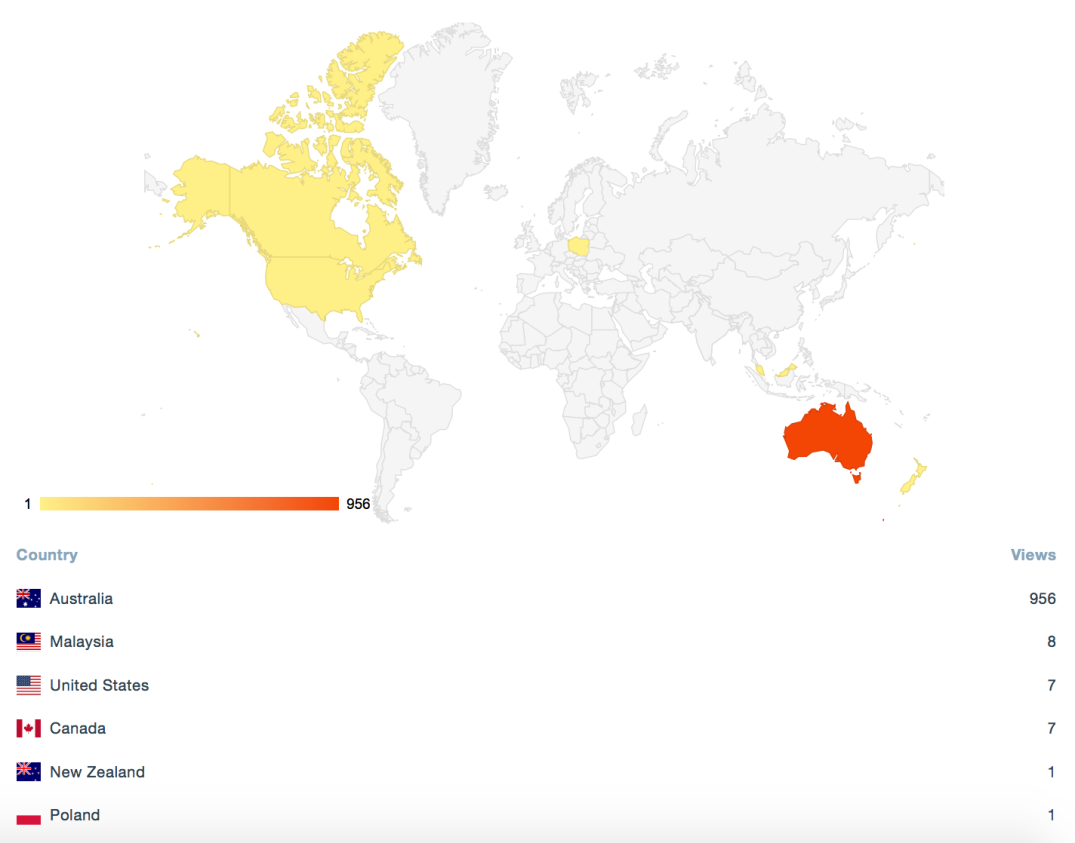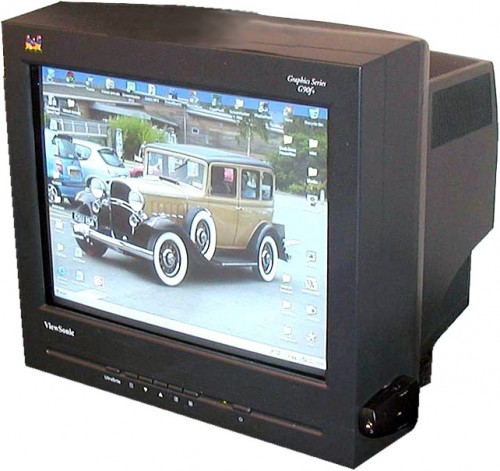Public writing; a concept I once thought I knew nothing of until Uni. The public sphere is one I dove into before knowing I had. When I began a Bachelor of Communications and Media, I was introduced to blogging and was nervous at the idea of writing in a public space. What I didn’t realise at the time was that writing in the public sphere was nothing new to me, and that I had been training for 5 years for the marathon that is Blogging.
Through study of BCM241 this semester (Spring 2017), my ideas and practices surrounding blogging and public writing have been challenged. As a result of this, I feel my knowledge and public writing technique have improved. BCM241 taught us to blog weekly on topics that delve deep into the history of media audience, place and space. Collaboration of research ideas and techniques has resulted in an improved online presence for our cohort. Skills acquired through BCM241 have provided me with the insight and ability to curate a constant, successful online presence.
Over the past two years, I would like to say that my writing style has not too changed significantly. When I was introduced to blogging, I knew I wanted my style to be personal, casual and friendly. I decided this out of genuine interest following bloggers who share this trait (Erika Boldrin, for example). In terms of writing style however, I would like to say I have become more sophisticated. Through study of several media subjects, my confidence in researching and ability to analyse theories has expanded. As a result of this, I have been able to tweak and improve my writing style in order to create a more engaging and effective online presence.
The major change I have undergone in public writing is my blog’s aesthetic appeal. Initially out of excitement, I played around with bold colours and fancy fonts, however I found that I was receiving negative feedback for this design and that it was a distraction from my blog’s writing content. As a result, I converted to using a more minimalistic, monotone design named ‘Hemingway Rewritten’.
Approximately six months into blogging, I was in a slump and discovered that I would be far more passionate about my blog if it represented some of my interests. This is when I implemented a header image of succulents and changed my colour pallet to earthy tones. This created a calming and honest appeal and boosted my enthusiasm for blogging.
Since the creation of my blog in 2016, I have received a total of 979 views. I credit majority of these views to my Communications and media peers. My peers were able to access my blog through sharing on Twitter, Facebook and Instagram. Below are some images depicting statistics The Pin Board’s viewership.

As demonstrated, there has been a significant decline in views per year between 2016 and 2017. This rapid drop in viewership is due to lack of sharing my blog posts to Twitter as often in 2017. 2017 has brought with it certain personal hardships that have hindered my passion and enthusiasm for Uni and for blogging. Although I have persisted blogging, additional efforts such as sharing to Twitter have unfortunately fallen in priority in 2017. I do however, find this disappointing and am going to make a conscious effort to share my posts more from now on, as I can not let hardships effect my overall repertoire.

Statistics showing the number of viewers per platform support the theory that views have dropped as a result of less Twitter sharing.

Much to my surprise, ‘The Pin Board’ has received 24 international views. This statistic is both exciting and intriguing to me as a writer because I do not know anyone overseas nor do I have any international followers on any platform.
Although ‘The Pin Board’ has 979 views, I have only attracted 318 viewers. Although this means my reach is not as wide, it means my viewers are loyal, returning more than once.
BCM241 has taught me that in the fast pace society that is 2017, when audiences want everything right away (Barissi, 2015), weekly blogging has encouraged me to think on my toes and research with a deadline. The subject BCM241 has provided my with the practise and skills required to curate and maintain a successful online presence. Although this semester has not so much been about viewership for me, I have been able to focus on taking pride in what I write. Through weekly practise blogging and deeper exploration into media, audience and place, my presence as a public writer has greatly improved.
Until next time, that’s this week Pinned.
Emma.
References:
- https://www.myfreechoice.net
- Barassi, V. (2015). Social Media, ‘Immediacy and the Time for Democracy: Critical Reflections on Social Media as ‘Temporalizing Practices’’. Critical Perspectiveson Social Media and Protest, Pages 75 – 89.











